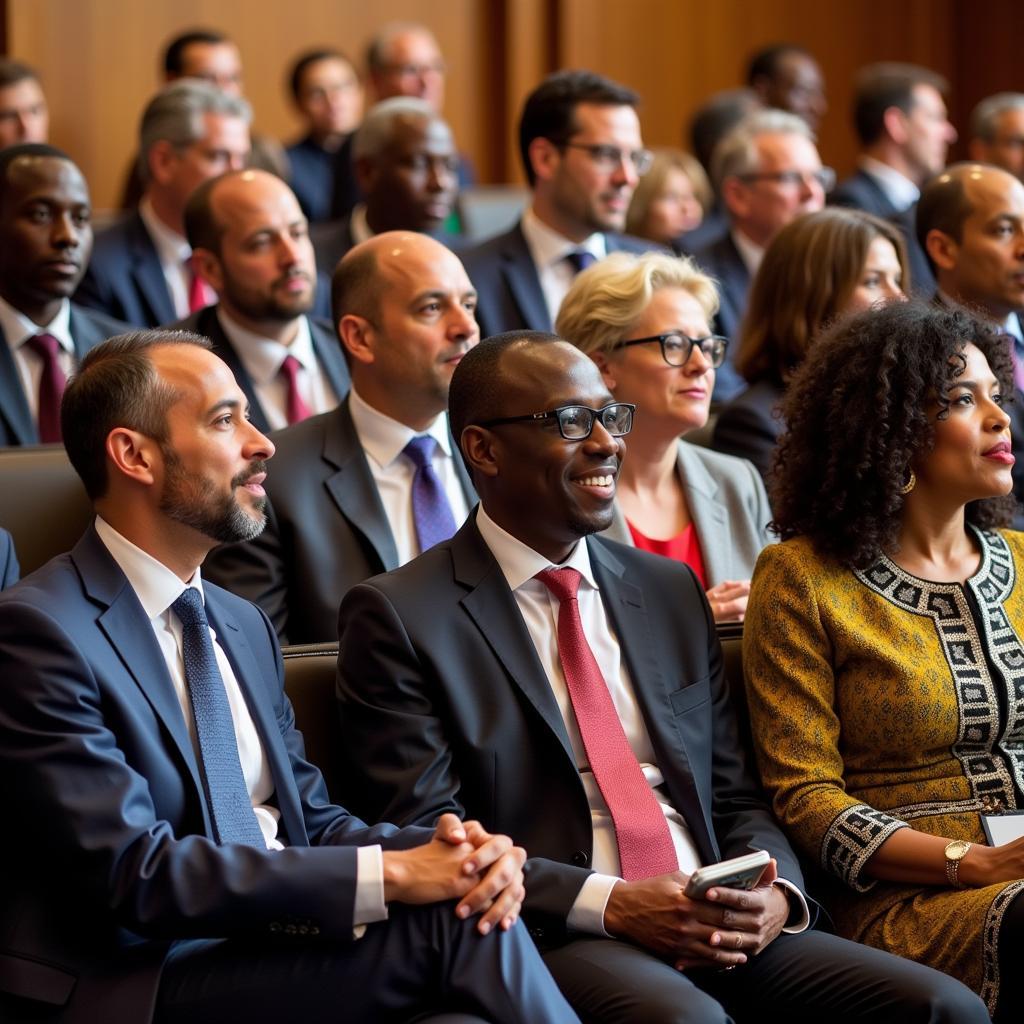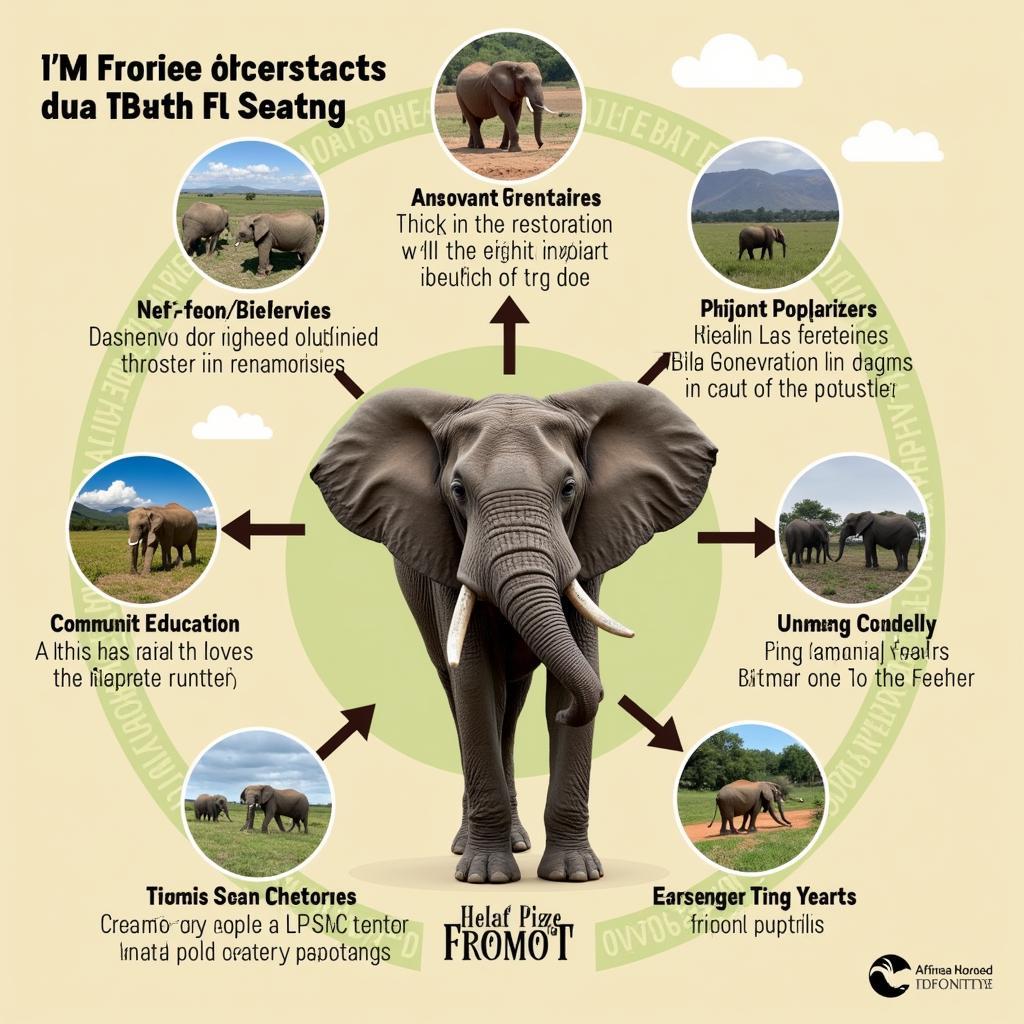Understanding the African Development Fund: A Catalyst for Growth
The African Development Fund (ADF) stands as a beacon of hope and a crucial instrument for driving sustainable economic growth and poverty reduction across the African continent. Established in 1972, the ADF, a concessional lending arm of the African Development Bank Group, plays a pivotal role in supporting low-income African countries in their pursuit of inclusive and sustainable development.
What Makes the African Development Fund Unique?
The ADF differentiates itself from other development finance institutions through its unwavering commitment to Africa and its deep understanding of the continent’s unique challenges and opportunities. The fund’s strategic priorities are intrinsically linked to the African Union’s Agenda 2063, ensuring alignment with Africa’s own vision for transformation.
The ADF’s impact extends far beyond financial assistance. It actively promotes good governance, strengthens institutions, and fosters regional integration, recognizing that sustainable development demands a holistic approach.
How Does the African Development Fund Work?
The African Development Fund provides much-needed concessional loans and grants to low-income countries in Africa that often face limited access to traditional financing sources. These resources are strategically directed towards projects with high development impact, focusing on sectors critical for poverty reduction, economic growth, and social progress.
 African Development Fund Project Beneficiaries
African Development Fund Project Beneficiaries
Some of the key sectors supported by the ADF include:
- Infrastructure Development: Investing in crucial infrastructure projects like roads, energy, and water supply to unlock economic potential and improve living standards.
- Agriculture and Rural Development: Enhancing agricultural productivity, supporting smallholder farmers, and promoting rural development to ensure food security and create economic opportunities.
- Education and Skills Development: Investing in quality education and skills development programs to empower Africa’s youth and build a skilled workforce.
- Health Systems Strengthening: Supporting initiatives that improve healthcare infrastructure, expand access to essential health services, and strengthen disease prevention programs.
- Governance and Institutions: Promoting good governance, strengthening institutional capacity, and fostering transparency and accountability in the use of public resources.
The Impact of the African Development Fund
Over the decades, the African Development Fund has left an indelible mark on the African continent, playing a catalytic role in transforming millions of lives.
 African Development Fund Impact Graph
African Development Fund Impact Graph
The ADF’s contributions are evident in diverse areas:
- Economic Growth: The ADF’s investments in infrastructure, agriculture, and other key sectors have contributed significantly to economic growth in recipient countries, creating jobs, and reducing poverty.
- Poverty Reduction: By targeting investments in sectors that directly impact the lives of the poor, the ADF has helped lift millions out of poverty, improving their access to basic services and enhancing their livelihoods.
- Social Development: The ADF’s focus on education, healthcare, and social safety nets has contributed to significant progress in human development indicators, leading to healthier and more educated populations.
- Climate Resilience: Recognizing the increasing threat of climate change, the ADF has prioritized investments in climate-resilient infrastructure, sustainable agriculture, and renewable energy, helping African countries adapt to and mitigate the impacts of climate change.
The African Development Funding Group and Its Role
The African Development Funding Group encompasses both the African Development Fund (ADF) and the African Development Bank (ADB). While the ADF focuses on low-income countries, the ADB supports middle-income countries. This two-pronged approach enables the African Development Bank Group to effectively address the diverse development needs of all African nations.
You can explore more about the African Development Funding Group and its work through these resources:
The Importance of Replenishing the African Development Fund
The African Development Fund relies on contributions from donor countries to replenish its resources and continue its vital work in supporting Africa’s development. These replenishment cycles, typically held every three years, provide an opportunity for the international community to reaffirm its commitment to Africa’s progress.
To learn more about the replenishment process and its significance, you can refer to:
Looking Ahead: The Future of the African Development Fund
As Africa navigates a rapidly changing global landscape, the role of the African Development Fund becomes even more critical. The fund is well-positioned to support the continent in addressing emerging challenges and seizing new opportunities for sustainable and inclusive growth.
 African Leaders at African Development Fund Meeting
African Leaders at African Development Fund Meeting
With a focus on innovation, technology, and entrepreneurship, the ADF is actively supporting Africa’s economic transformation, ensuring that the continent’s vast potential is fully realized.
Conclusion: Investing in Africa’s Future
The African Development Fund stands as a testament to the power of partnership and collective action in driving sustainable development. By supporting the ADF, the international community can contribute to a brighter future for Africa, where poverty is eradicated, economies thrive, and all people have the opportunity to reach their full potential.
To learn more about how the African Development Bank Group supports development through various funding mechanisms, visit:
By continuing to invest in the African Development Fund, we are investing in a more prosperous and equitable world for all.

